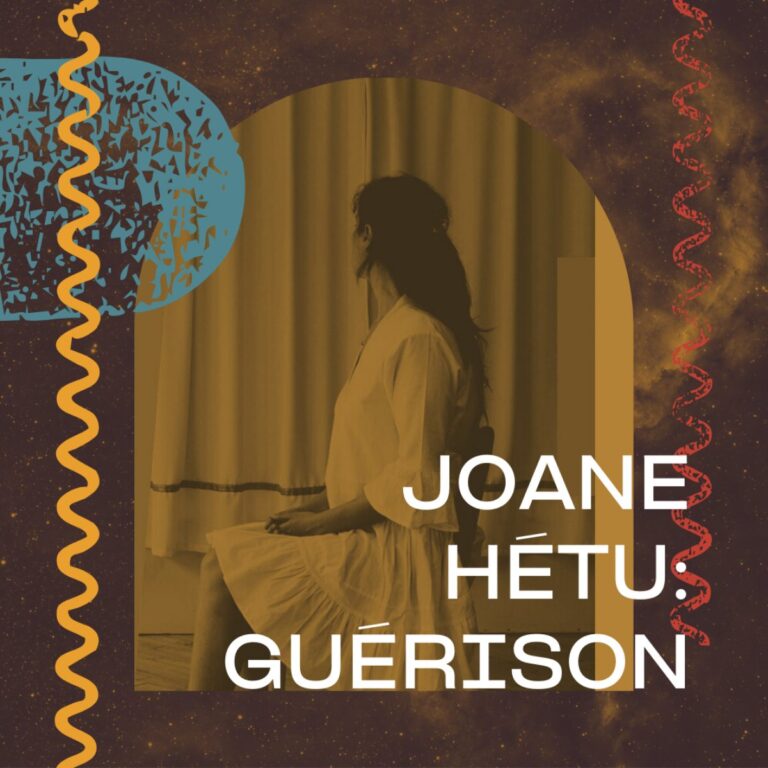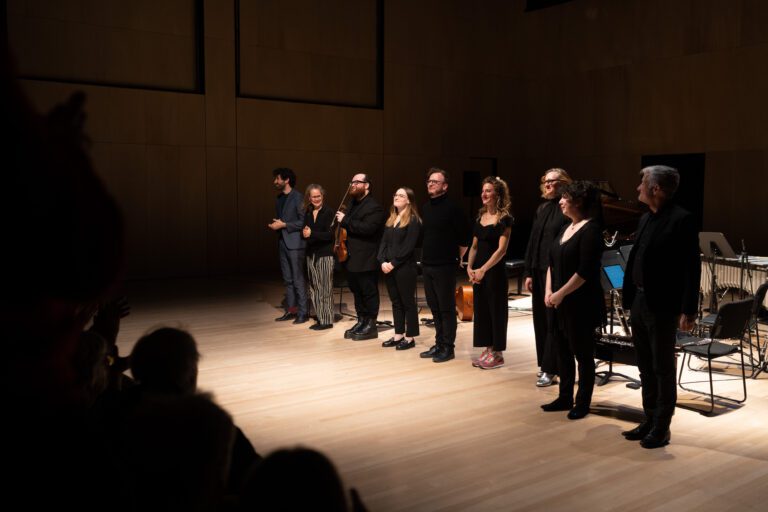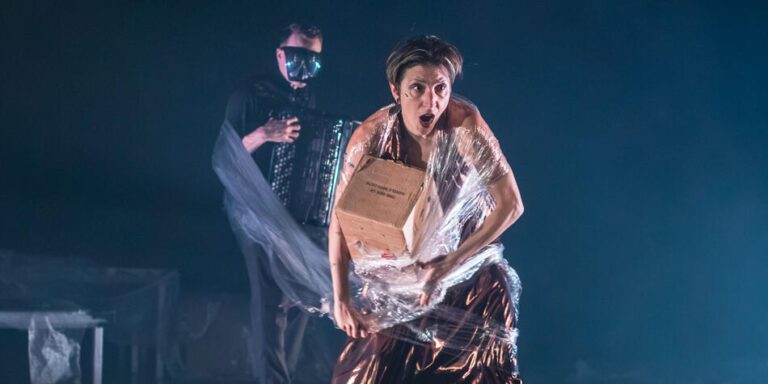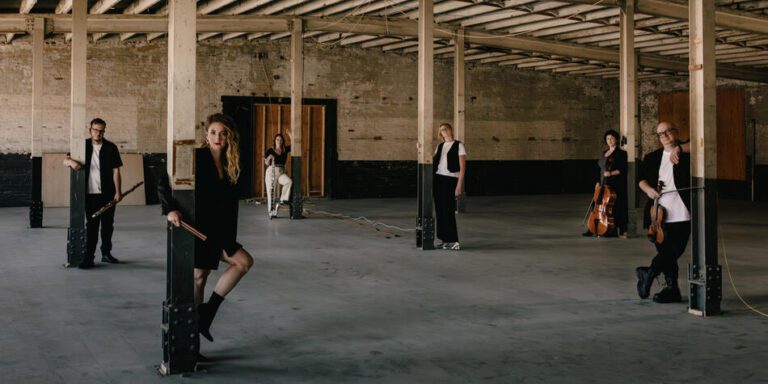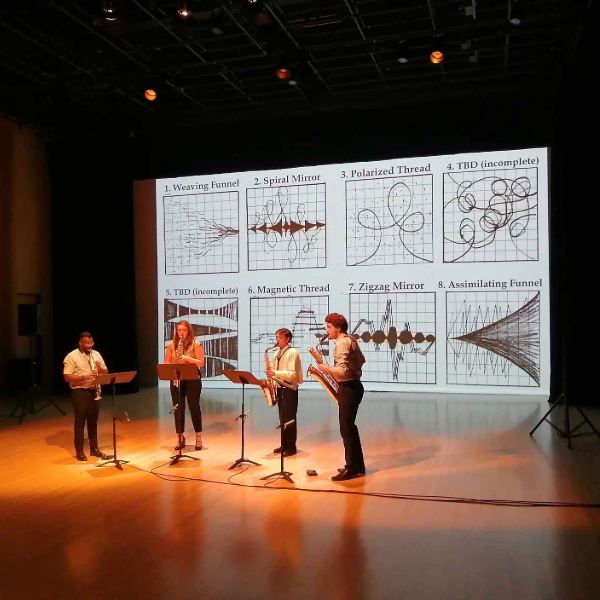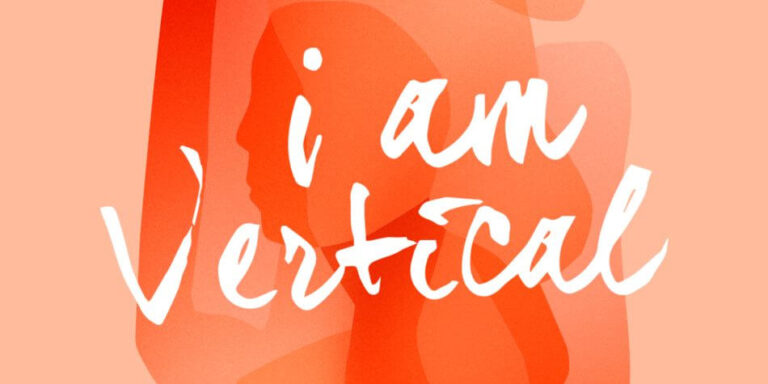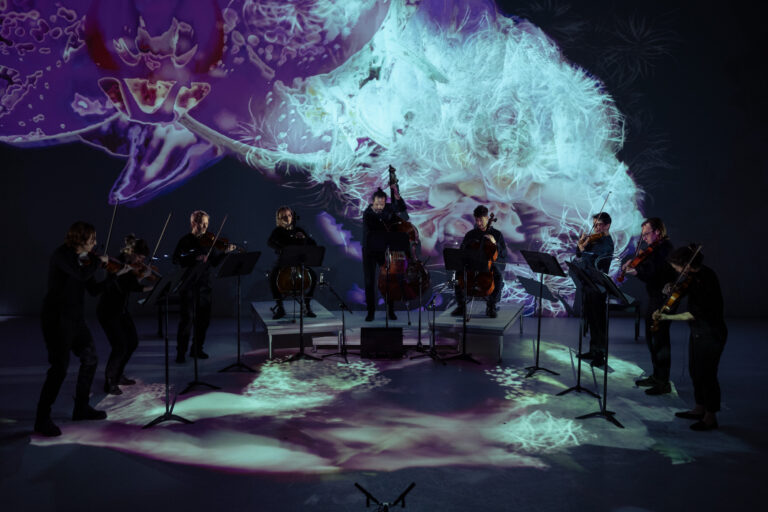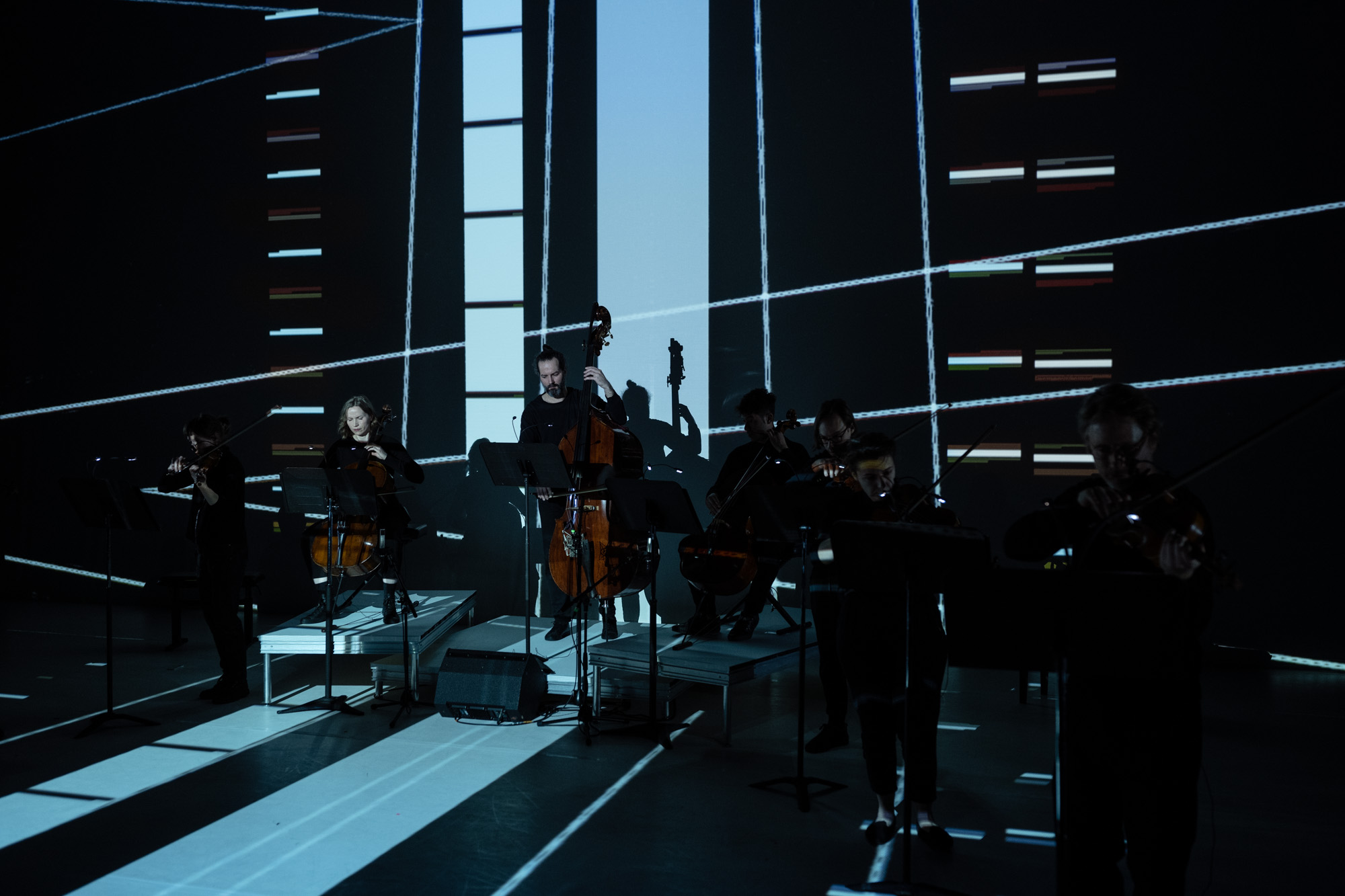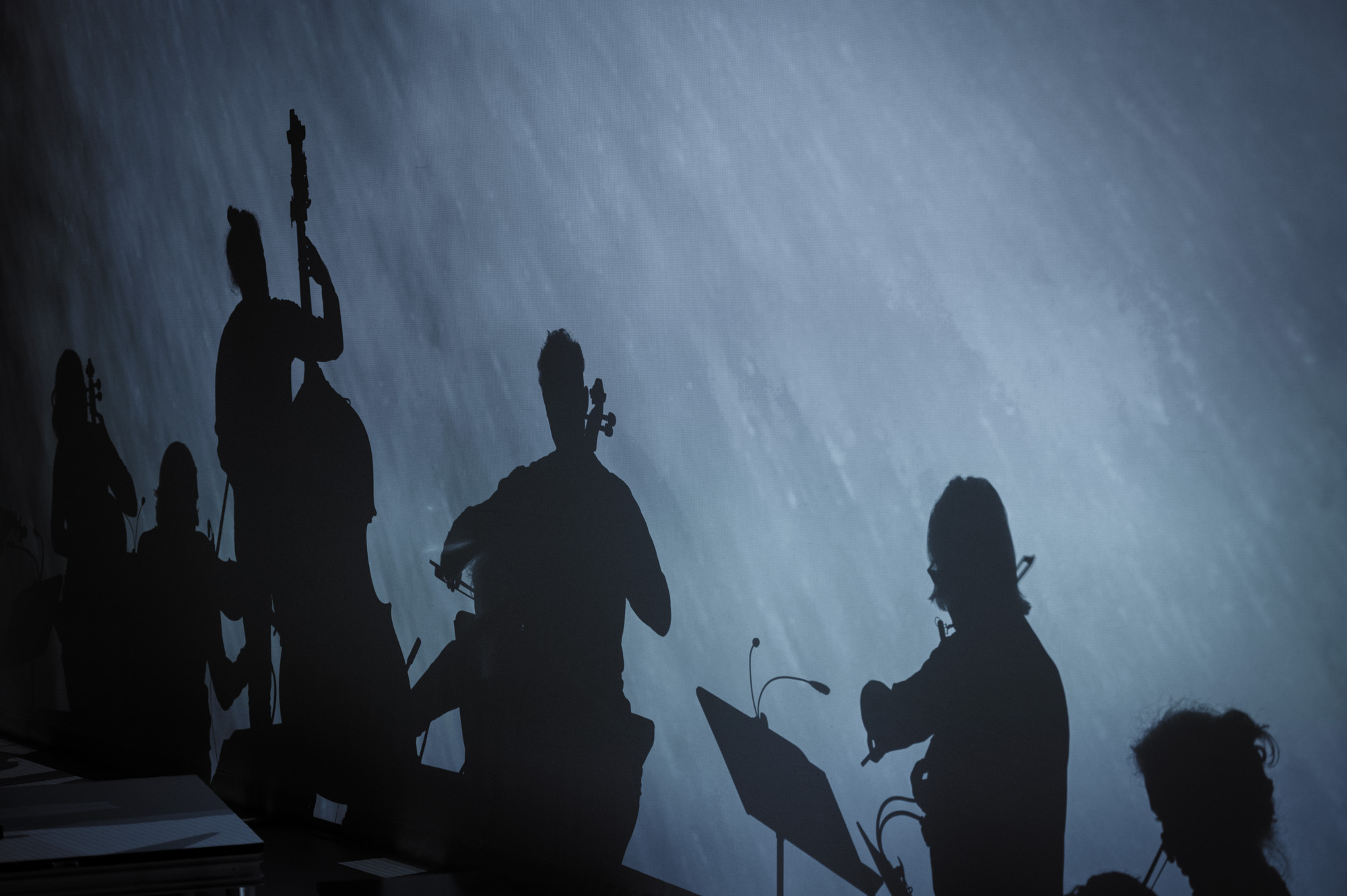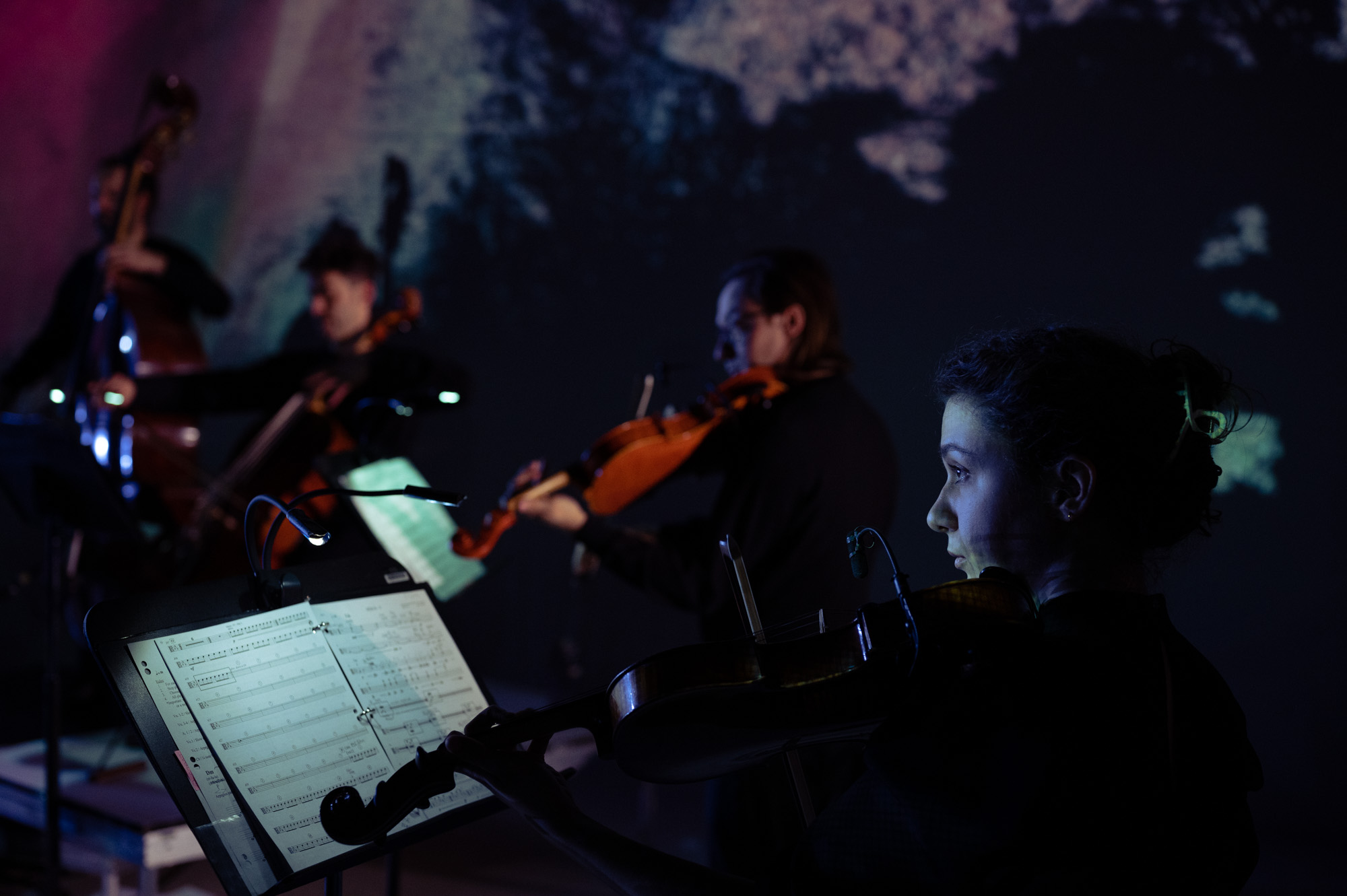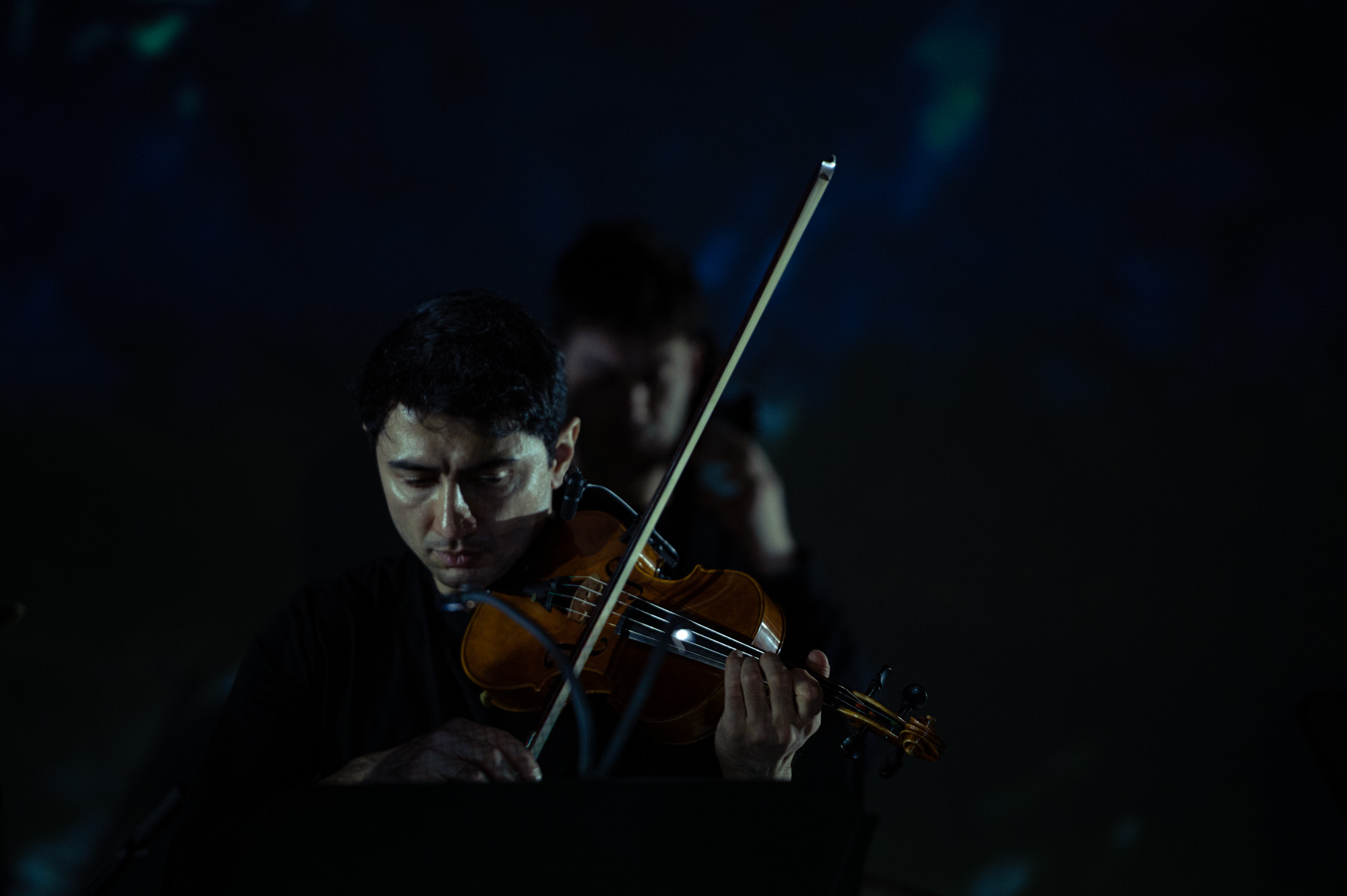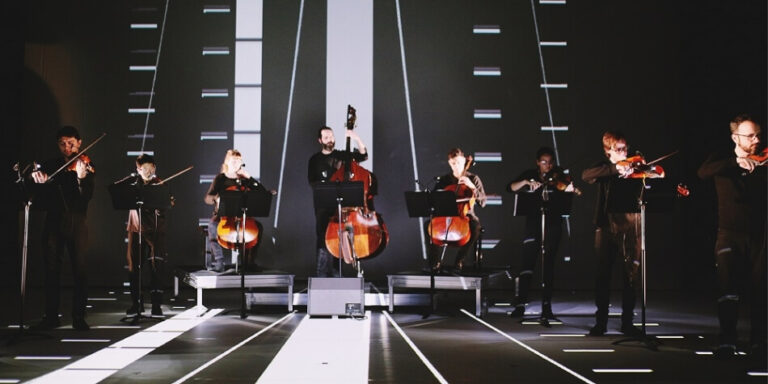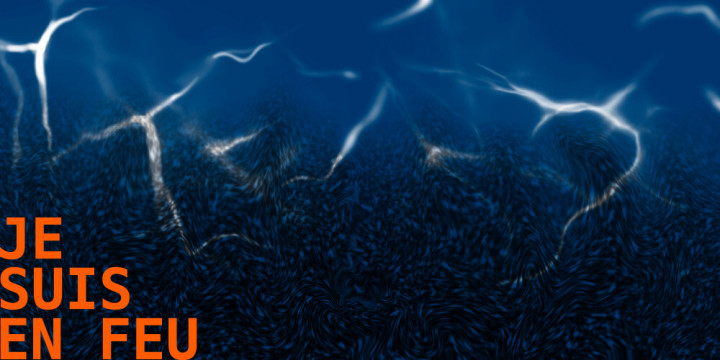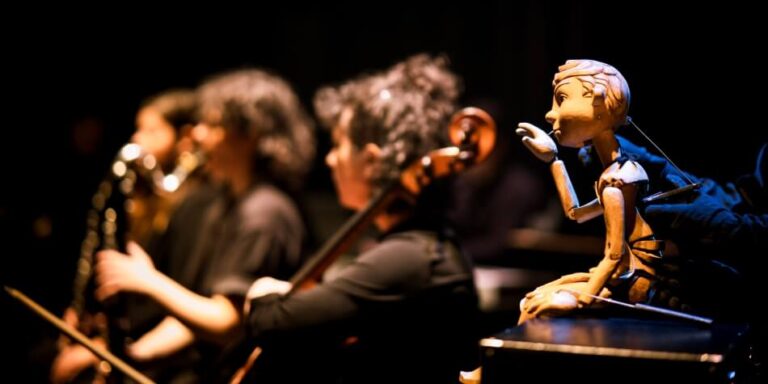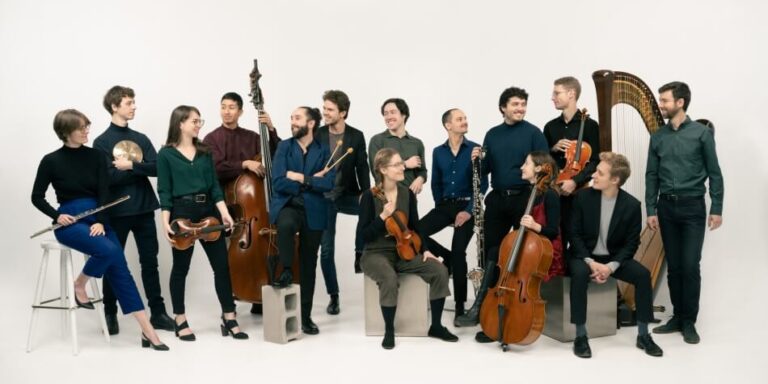Un grand récit musical, poétique et théâtral.
Guérison est une œuvre de Joane Hétu (paroles et musique) pour l’Ensemble SuperMusique (ESM) et la Chorale Joker. Cette création musicale se déploie en trois mouvements et aborde les thèmes de l’épreuve, de la douleur, de la résilience, et finalement, de la guérison.
Pour donner vie à ces thèmes, Guérison offre une expérience sensorielle riche et immersive mêlant récit, musique, poésie, théâtre et art visuel. La pièce s’ouvre sur l’angoisse des rêves brisés, puis évolue vers un clair-obscur où s’entremêlent acceptation et lutte. L’espoir, d’abord ténu, éclot progressivement jusqu’à la célébration des survivantes, une grande fête musicale clôture l’œuvre. Bien que ces sujets soient graves, la pièce est traversée par un souffle d’espoir.
«Ces thèmes me touchent tout particulièrement en raison d’un événement personnel: en avril 2021, ma fille, alors âgée de 30 ans, a reçu un diagnostic de cancer du sein et a subi 18 mois de traitements intensifs avant d’être déclarée en rémission. Cette épreuve personnelle est le noyau émotionnel de l’œuvre. Bien que cet événement soit intime, je suis convaincue que les émotions et les réflexions qu’il suscite ont une portée universelle. Toutes les familles connaissent leurs drames et tragédies, et c’est à cette expérience commune que mon œuvre s’adresse. Et depuis longtemps, je ressens le désir de proposer une œuvre d’envergure dans ce langage unique qu’est la musique actuelle.» — Joane Hétu
A Grand Musical, Poetic, and Theatrical Narrative
Guérison is a work by Joane Hétu (words and music) created for Ensemble SuperMusique (ESM) and the Chorale Joker. This musical creation unfolds in three movements, exploring themes of hardship, pain, resilience, and ultimately, healing. To bring these themes to life, Guérison offers a rich, immersive sensory experience that blends storytelling, music, poetry, theater, and visual art.
The piece begins with the anguish of shattered dreams, transitioning into a chiaroscuro where acceptance and struggle intertwine. Hope, initially fragile, gradually blossoms, culminating in a celebration of survivors—a grand musical festivity closes the work. Though the subjects are profound, the piece is infused with a breath of hope.
“These themes are particularly personal to me due to a life-changing event: in April 2021, my 30-year-old daughter was diagnosed with breast cancer and underwent 18 months of intensive treatments before being declared in remission. This personal trial forms the emotional core of the work. While deeply intimate, I believe the emotions and reflections it evokes have universal resonance. Every family experiences its share of dramas and tragedies, and it is this shared experience that my work seeks to address. For a long time, I have felt the desire to create a substantial work in the unique language of actuel music.” (Joane Hétu)
POUR ACHETER VOTRE BILLET, C’EST ICI!
Ce contenu provient de Suoni per il Popolo et est adapté par PAN M 360
